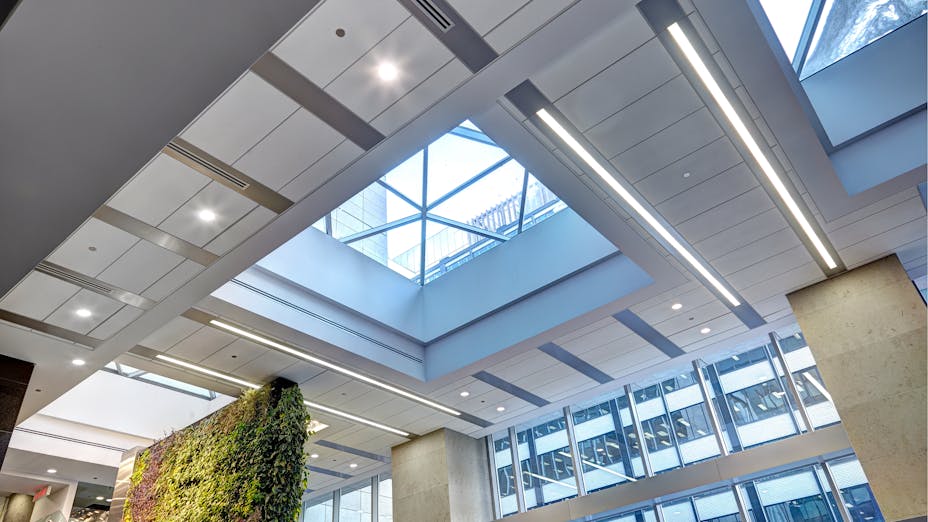While most experts agree acoustic requirements in building construction have changed, there hasn’t been a common voice in how to address these new challenges. Misinformation abounds, in part because of product claims that today’s noise control needs can be achieved with all-in-one solutions. Essentially, by simultaneously trying to address blocking and absorption, these dual-purpose, or multi-functional, panels are actually compromising on both. The absorption performance is not high enough, meaning additional absorption is required on walls and floors, and the blocking falls short of what’s required in the standards and guidelines.
On one hand, the idea of combining features into one can be compelling. But as many common products show us, what’s good on paper isn’t always as good in application. The growth of the all-season tire is one such example. Increasingly, consumers are recognizing all-season tires aren’t all they’re cracked up to be. Drivers who need optimal traction control in harsh winter conditions find they don’t perform adequately, and drivers who use them in areas where snow is never or rarely seen are paying for a feature they don’t need. At the end of the day, no one is getting what they need.
The same is true for materials used in controlling noise. Dual-purpose, or multi-functional, ceiling panels compromise both absorption rating and blocking performance because in many cases they don’t optimize either requirement. In a sense, it’s intuitive; if a product is able to absorb, or soak in, sound effectively, it cannot also block an adequate amount of noise.
Customers who select this type of panel often end up paying for features they don’t need. They might be paying for assumed blocking properties that aren’t required (e.g. in an airport concourse) or may have sacrificed a higher absorption rating for blocking properties that aren’t actually effective (e.g. in an office).
Instead, the best solution for designers is to address absorption and blocking needs separately. In other words, identify independently the optimal levels of absorption and blocking for a space to get exactly what you need, and use smart design choices to maximize the strengths of individual building components in acheiving those goals.







